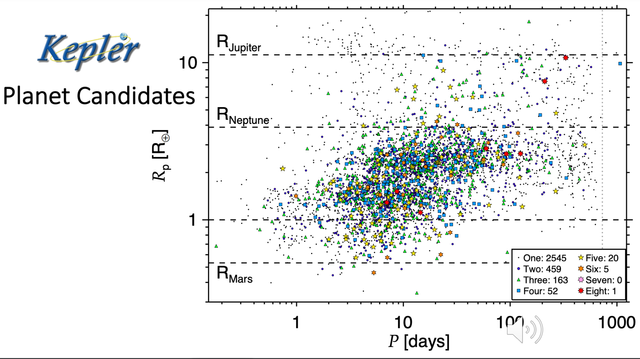Time for teaching! Still keen to reinvent my planet formation slides after #PPVII, but that's going to take a little longer for everything to sink in #astrodon
#PPVII
Bill Borucki at Protostars and Planets VII #PPVII recalls that the Kepler Space Telescope was selected in 2001. At that time, no small planets close to the habitable zone had been discovered and there was a concern that the apparent prolificity of hot Jupiters meant that Earth-sized planets were typically swept away by the giant planets inward migration. Were any Earth-sized planets even out there? (Spoiler: Yes. Yes they were!)
Most of my colleagues are in Kyoto at #PPVII, enjoying sushi and sake, and here I am at home shopping for this ... I think I took a wrong turn somewhere
At ~2 dozen examples, Beth Biller notes that she cannot fit all directly imaged exoplanets onto 1 slide at #PPVII! However, we're still limited to "baby giants" with mass >3x Jupiter & age <100 Myr, where they still thrum with the heat of formation.
Examination of this population tentatively indicate that brown dwarfs may form far out via gravitational instability in a fragmentation of the protoplanetary disc, whereas (slightly smaller) gas giants may form via core accretion closer to the star.
Short-lived radioactive nuclides were a major source of heat in the early Solar System, melting planetesimals to create the first organics that one day became me n' you!
Steve Desch at #PPVII (Protostars & Planets 7) noted that their abundance can also indicate where the Sun formed, and points (due to high levels) to a site in the Galaxy's spiral arms. This is a popular spot for stars, so could indicate most planetary systems have this important source of early heat!
A big change between science at PPVI and #PPVII (Protostars & Planets 6 and 7: 10 years apart), is the discovery that protoplanetary discs that surround young stars are packed with structure, such as spirals and rings. What remains less clear is the origin. Is it driven by the gravity of a planet forming in the disc (we all secretly want this!) or is it the precursor to planet formation (and might therefore be a major influencer), driven by gas, dust or magnetic instabilities?
No planet is going to be exactly like Earth... but what if one was super similar and potentially habitable? Could you tell the difference between the abiotic and biotic signatures on this not-quite-Earth?
This week, I'm at #PPVII: Protostars and Planets 7, which is a big review meeting held once every 7 years (...or 10 years if there's a worldwide pandemic).
I brought a poster on our book on rocky planet diversity \o/
But there's also a movie version here 📺 : https://www.youtube.com/watch?v=Hha58n9rZjc&list=PL1FJGynYTy1DqQLgb5n7uP0RZaVwvNd_r&index=9
My poster summarizing results from the SPICY project (Galactic structure, spatial clustering, stellar outbursts, etc.) at Protostars & Planets VII #PPVII in Kyoto.
Suffering some serious jealousy that I’m not in Kyoto for Protostars & Planets VII #PPVII this week, the first such meeting I’ve missed since PPIII in Tucson in 1991: they’re always great & I love Japan ☹️
But we have #JUICE to launch this week, the Metropole Orkest x Solar Orbiter show to prepare for next week, & our #JWST data on HH211, HH212, & the Orion Nebula are not quite ready for prime time yet.
Although there are some amazing things in there, I promise 😉👍
Dropped by Tokyo before heading to #PPVII. Absolutely love this green space in the middle of a giant city. Looking forward to a safe and exciting conference in Kyoto!
Wishing everyone going to #PPVII a good conference. Say hi to my students Dang Pham and Michael Poon. I’m jealous of the cherry blossom pictures that I’m already seeing. But I’m also very happy not to be on a long intercontinental flight right now.
Based on the amount of cat food I have just bought for the pet sitter next week, I appear to have misunderstood that the #ppvii conference is held once every seven years, and instead believe that it is held for seven years 🤔😸
I designed the poster.
I printed the poster.
And now, only the greatest challenge remains.
I have to remember to take it to the conference. #PPVII
I want to thank the people who pushed to make #AAS241 safer for everyone to attend when the meeting didn’t make mask mandatory at first. The fact that speakers could safely unmask because the rest of the room was masked and well ventilated is a huge step forward. It gives me hope that we can indeed do better as a community. Looking forward to seeing this and daily testing being normalized for future conferences. #PPVII
